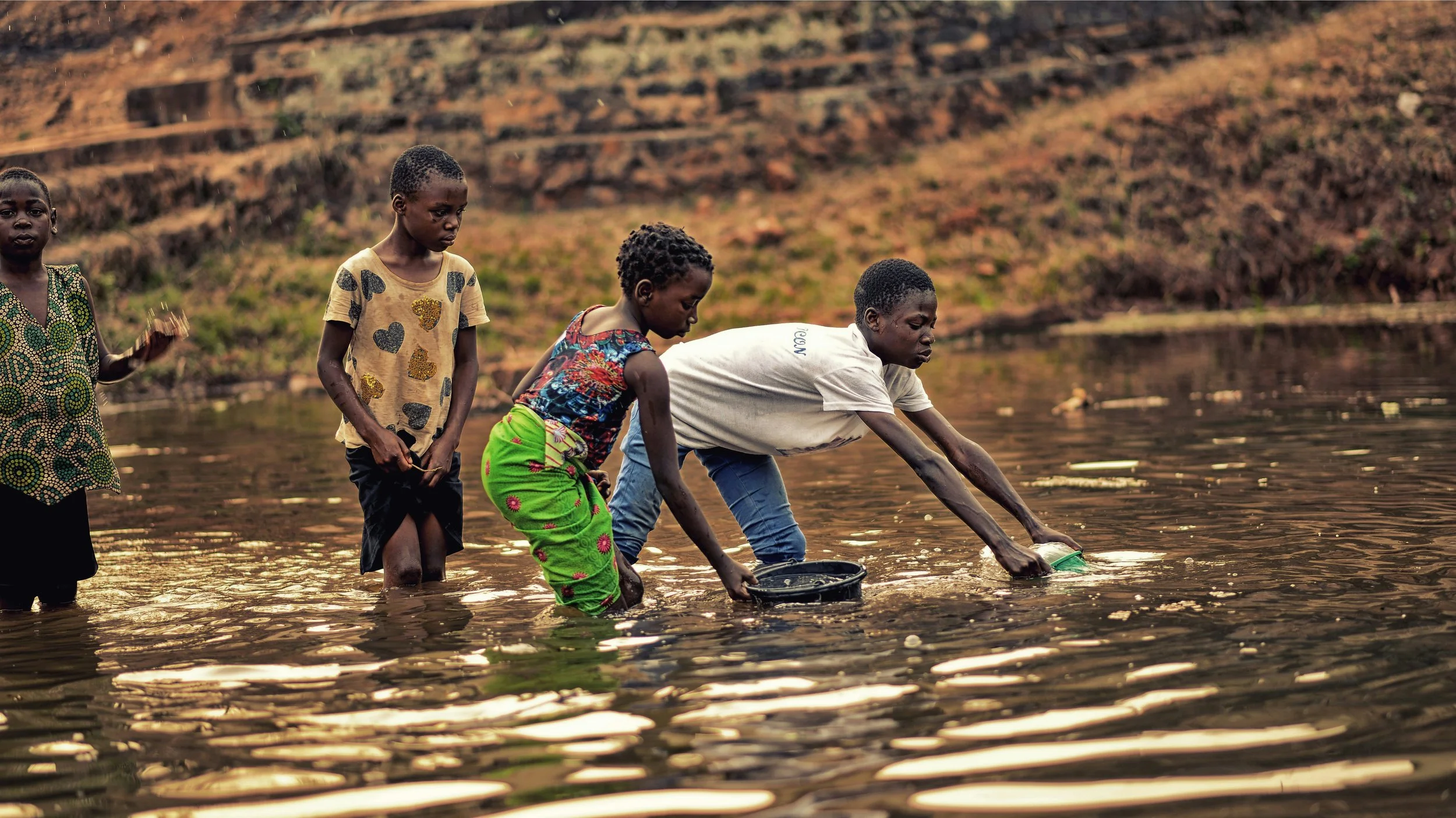Guarding Ghana’s Rivers: How the Blue Water Initiative Is Fighting Illegal Mining
Illegal small-scale mining, known locally as galamsey, has long threatened Ghana’s water security.
Can Ghana’s Blue Water Guards Protect Our Rivers — Or Is It Too Late?
Illegal small-scale mining, known locally as galamsey, has long threatened Ghana’s water security. Now, a new government initiative, the Blue Water Guard Program, seeks to reverse the damage. The program, launched in 2025, trains specialized environmental enforcement officers to patrol and protect water bodies across the country. With Ghana striving toward Sustainable Development Goal 6 (SDG 6) ensuring clean water and sanitation for all the success of this initiative could determine the future of the nation’s rivers and the millions who depend on them.
For years, illegal mining has poisoned Ghana’s rivers including the Pra, Ankobra, Bonsa, and Tano with mercury, cyanide, and heavy sediment. Communities once able to drink from these rivers now rely on trucked water. The Ghana Water Company Limited reports rising treatment costs and declining water quality, while the Environmental Protection Agency (EPA) has called the trend “a growing national emergency.”
This environmental degradation jeopardizes Ghana’s progress toward SDG 6 Targets 6.1 (universal access to safe drinking water) and 6.6 (protection and restoration of water-related ecosystems).
According to WaterAid Ghana, some coastal communities have experienced up to a 75% drop in access to clean water due to pollution. This threatens Ghana’s progress on SDG Target 6.1 (universal access to safe drinking water) and 6.6 (protecting water-related ecosystems).
Inside the Blue Water Guard Initiative
The Blue Water Guard Initiative is being implemented by the Ministry of Lands and Natural Resources, in partnership with the Minerals Commission and the Ghana Navy.
Launched in early 2025, the Blue Water Guard Initiative is a specialized enforcement and monitoring program aimed at combating illegal mining on water bodies and reducing ecosystem degradation. Reports from the ministry and its partners reveals that as of July 2025, a total of 983 recruits has completed training, with additional cohorts expected in the coming months.
Training, conducted by the Western Naval Command in Ezinlibo, includes physical conditioning, tactical river patrols, survival swimming, evidence collection, and environmental monitoring. Recruits mostly drawn from communities near river catchments are deployed to high-risk areas in the Western Region and other affected zones.
The Ghana Navy and the National Anti-Illegal Mining Secretariat (NAIMOS) have also established Temporary Operational Bases (TOBs) along major rivers to coordinate rapid response and data collection. Through a structured reporting chain to the Minerals Commission and the Ministry of Lands and Natural Resources, the initiative ensures accountability and operational transparency.
Supporting SDG 6: Clean Water and Sustainable Ecosystems
The initiative aligns closely with key SDG 6 targets:
6.3: Improve water quality by reducing pollution and limiting hazardous chemicals.
6.6: Protect and restore rivers, wetlands, and lakes.
6.B: Promote community participation in water management.
Hon. Emelia Arthur, Minister for Fisheries and Aquaculture, emphasized that over 60% of Ghana’s animal protein comes from fish, underscoring the direct link between clean rivers and national food security.
Despite the progress, galamsey remains deeply entrenched. The sector generated $4.6 billion in small-scale gold exports in 2024 revealing the powerful economic incentives that sustain illegal operations.
Experts argue that enforcement alone is not enough. Real progress requires a multi-layered approach that includes community education and behavioural change programs, viable livelihood alternatives for small-scale miners and transparent regulation of artisanal mining. The government’s Responsible Cooperative Mining and Skills Development Programme aims to formalize artisanal miners and reduce the economic drivers of illegal mining.
A Guarded Hope
The Blue Water Guard Initiative represents an important step toward restoring Ghana’s rivers and advancing SDG 6. It signals a renewed national commitment to protecting water resources, empowering local communities, and holding polluters accountable.
However, its long-term success will depend on consistent funding, inter-agency collaboration, and sustained community engagement. As Ghana moves toward 2030, one question persists: Can enforcement alone secure clean water for future generations or will it take deeper structural reforms to truly turn the tide?
Attempts by DM Media to speak with the Public Relations Manager at the Ministry of Lands and Natural resources prove futile.
